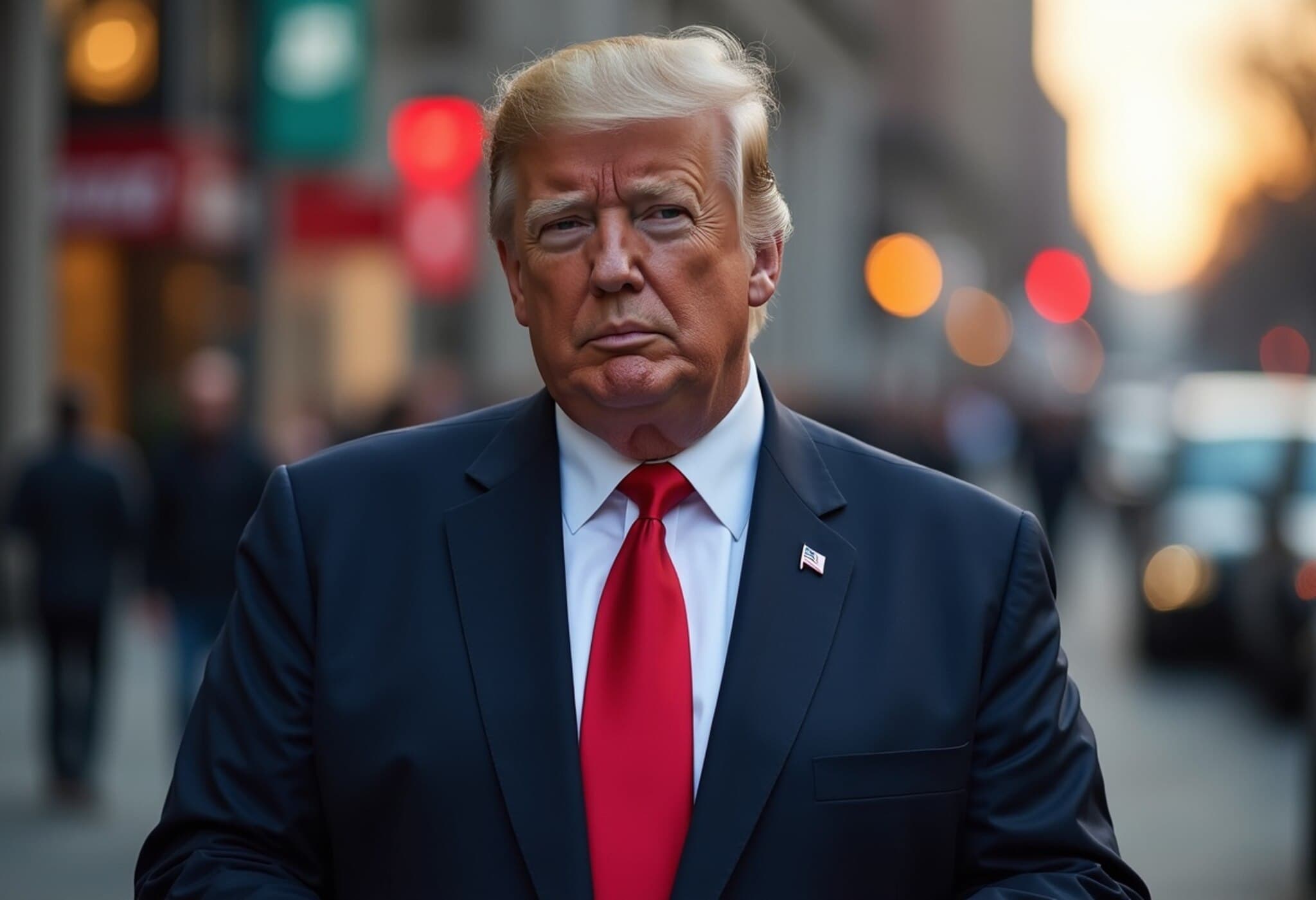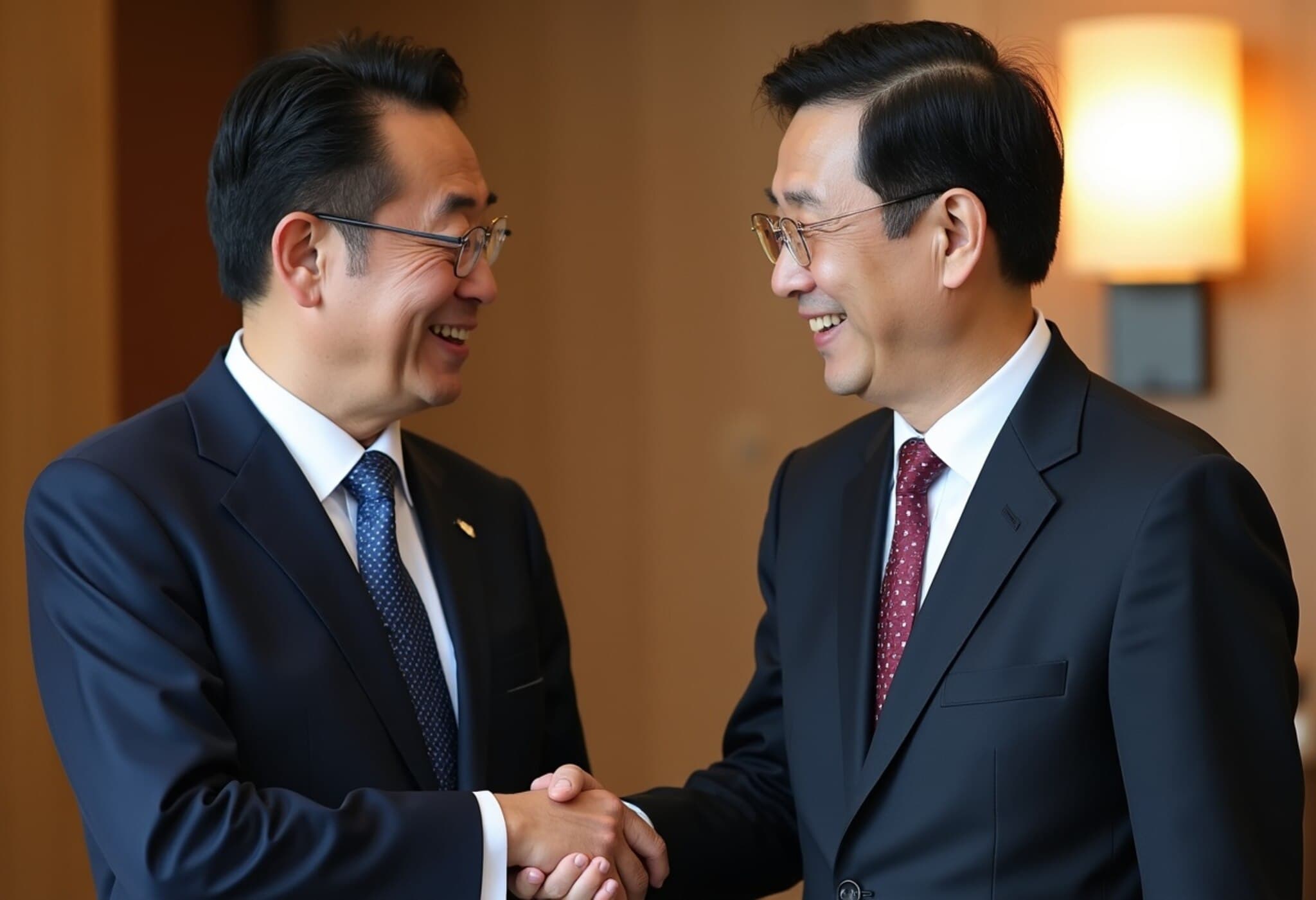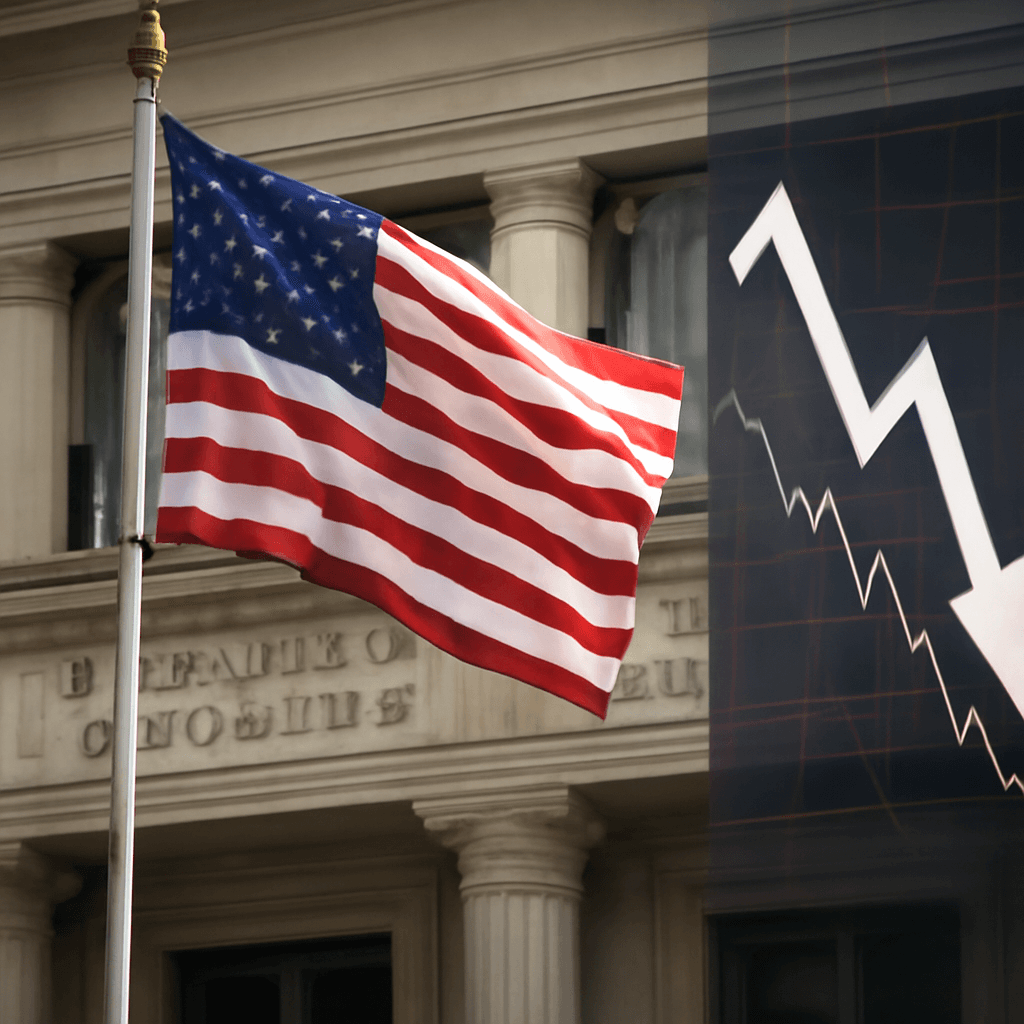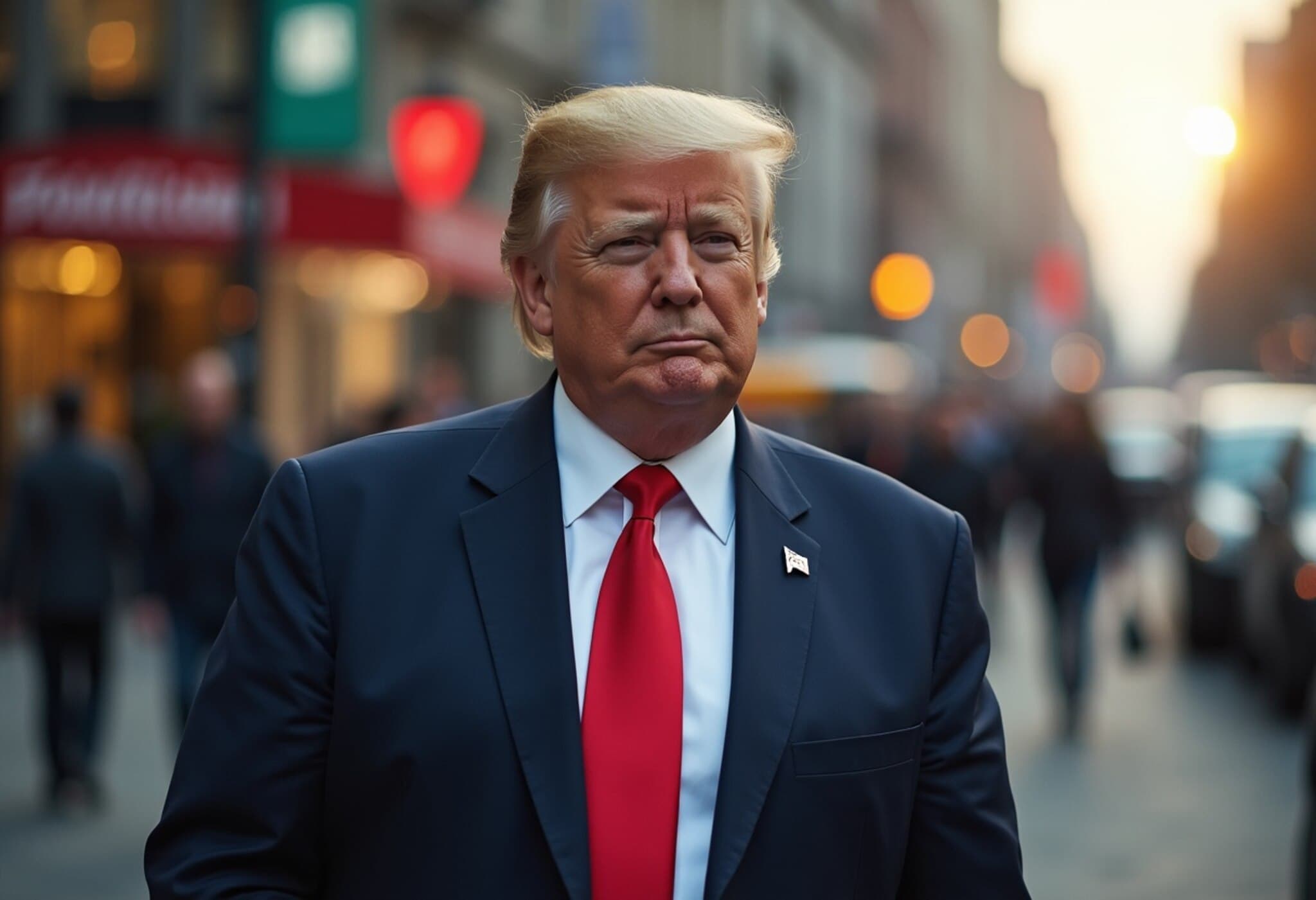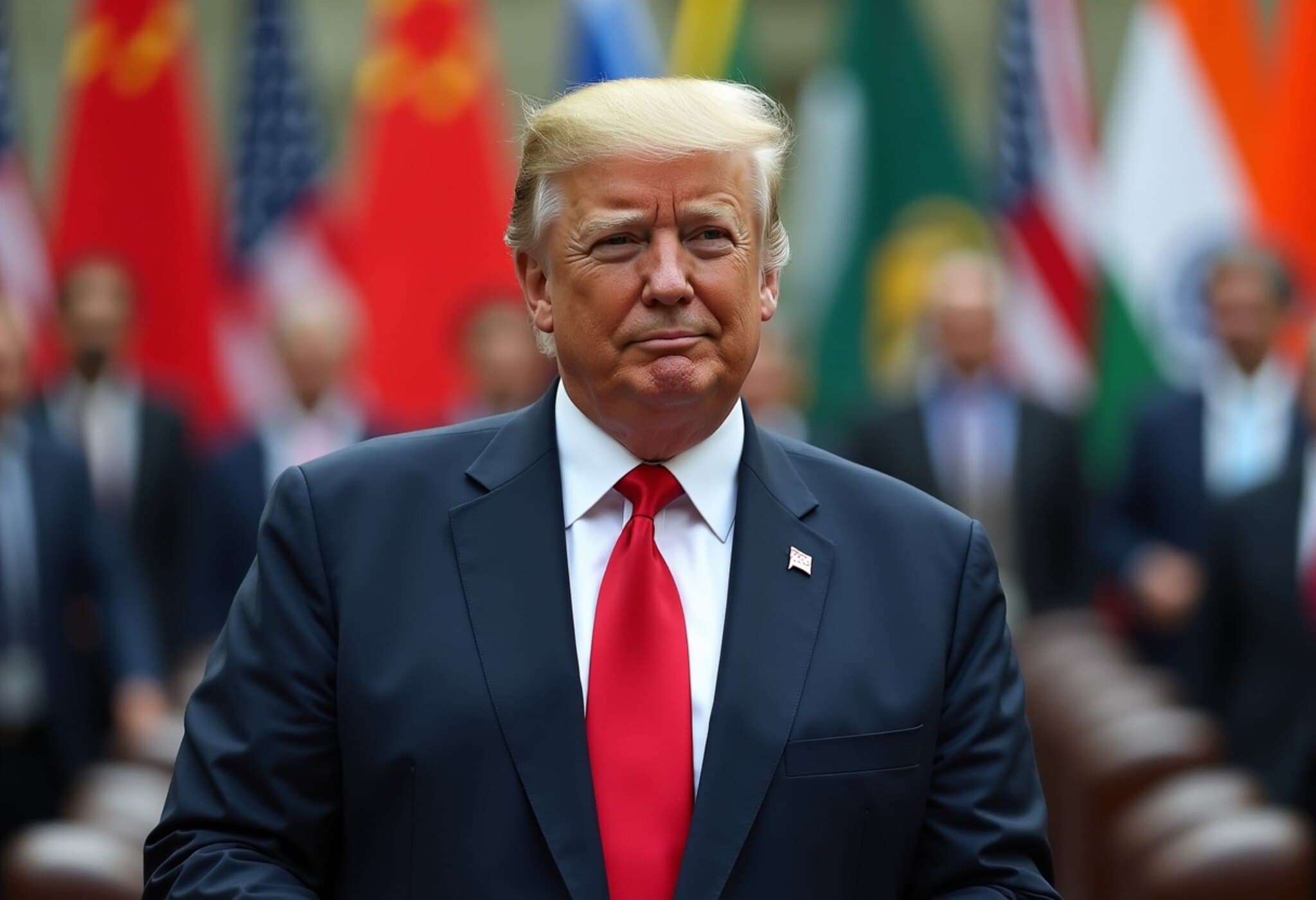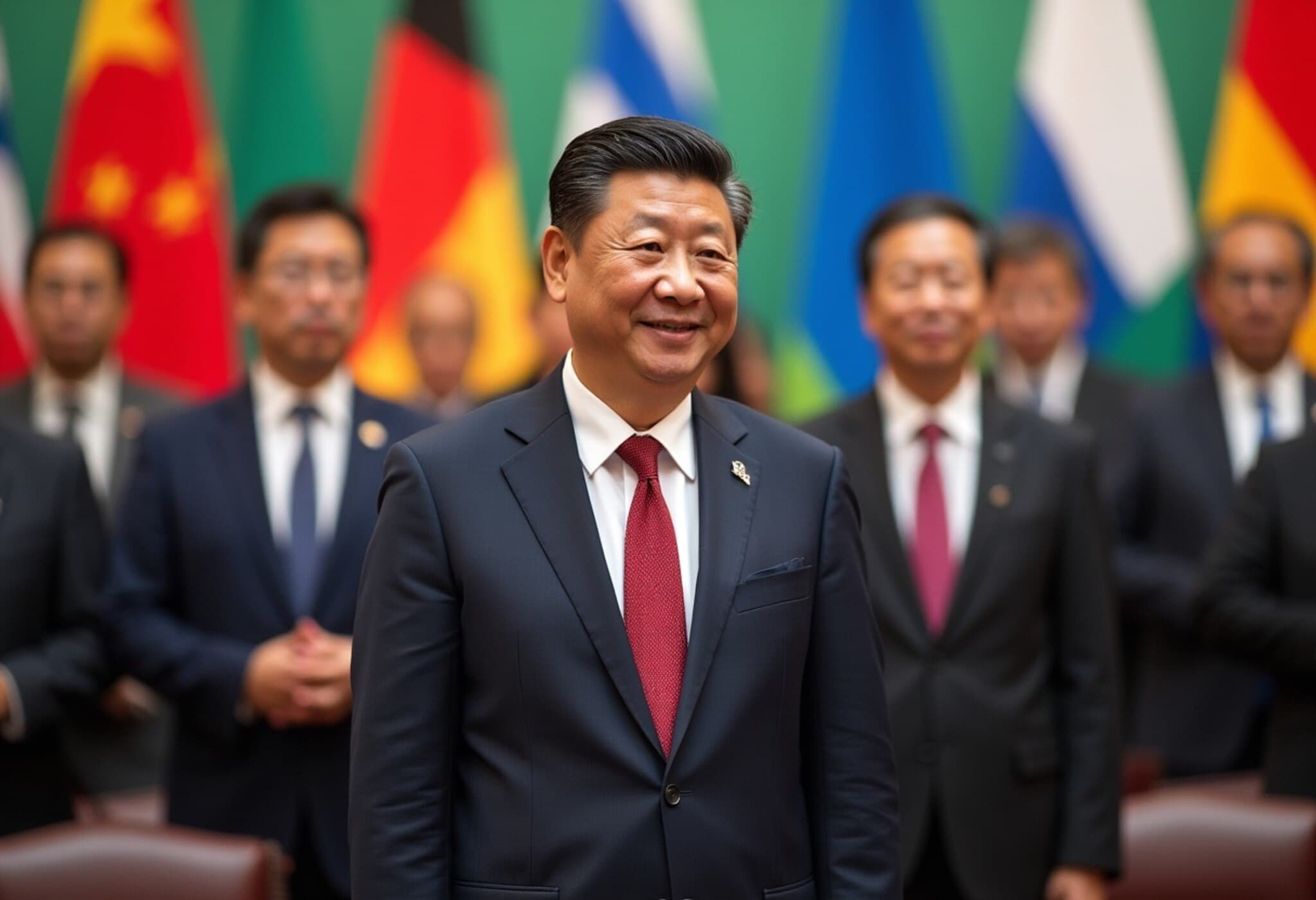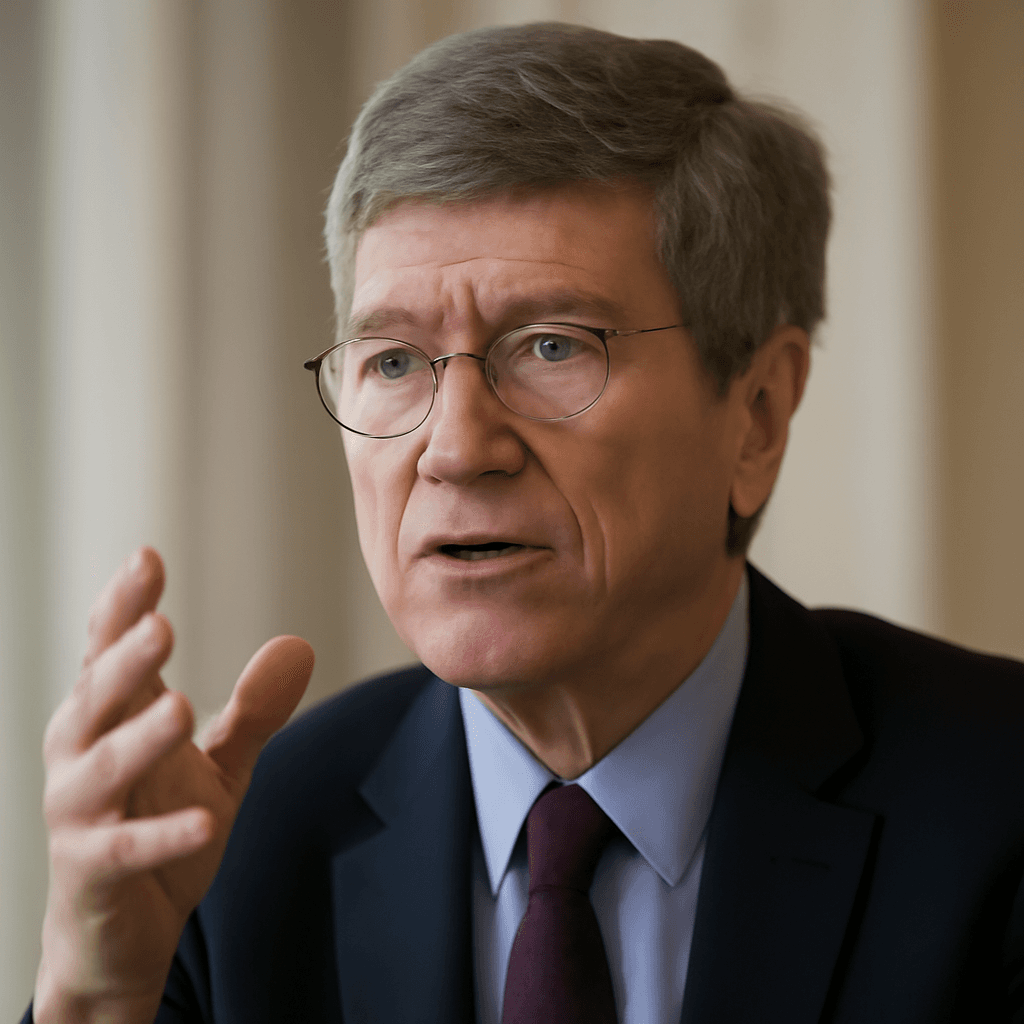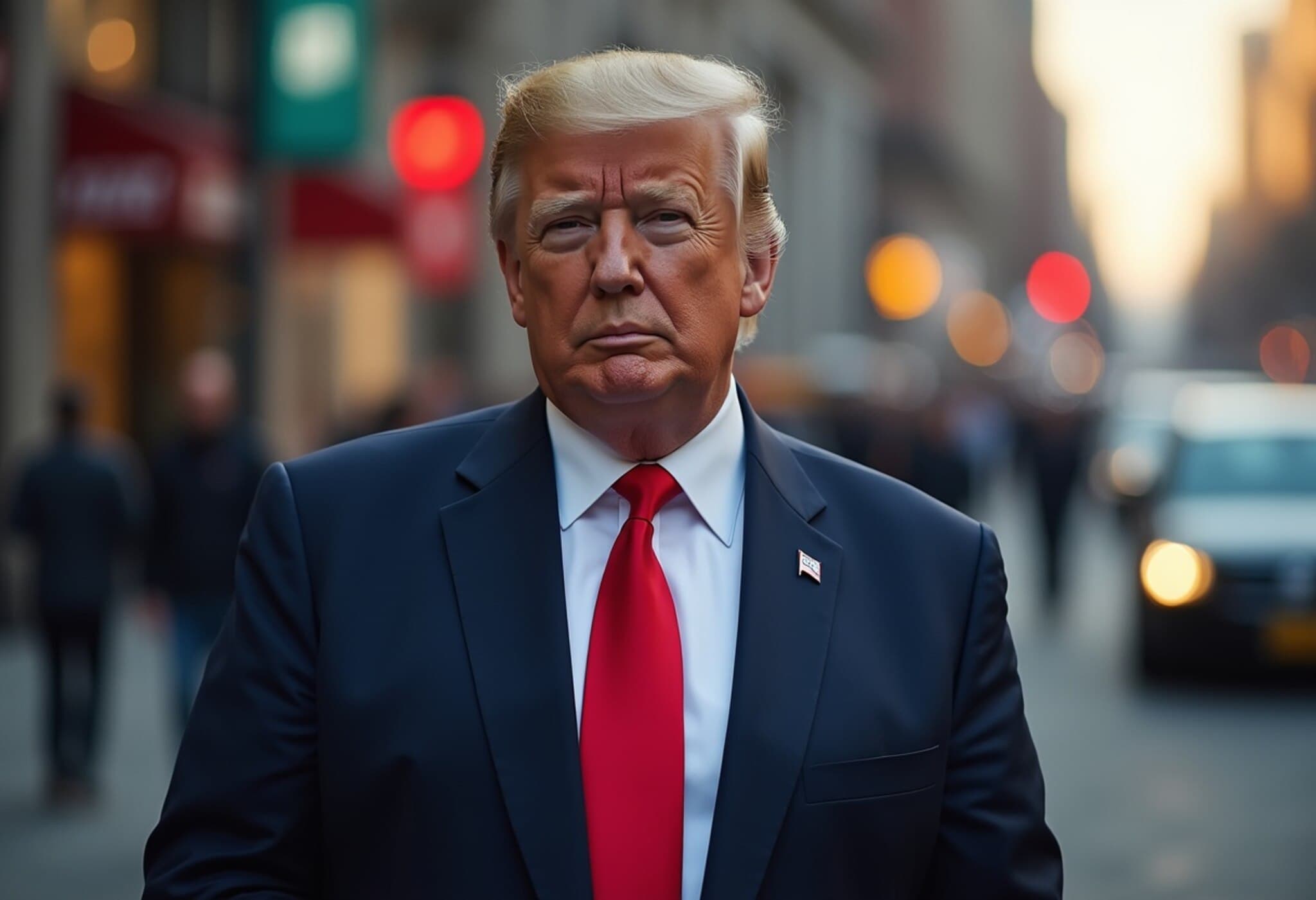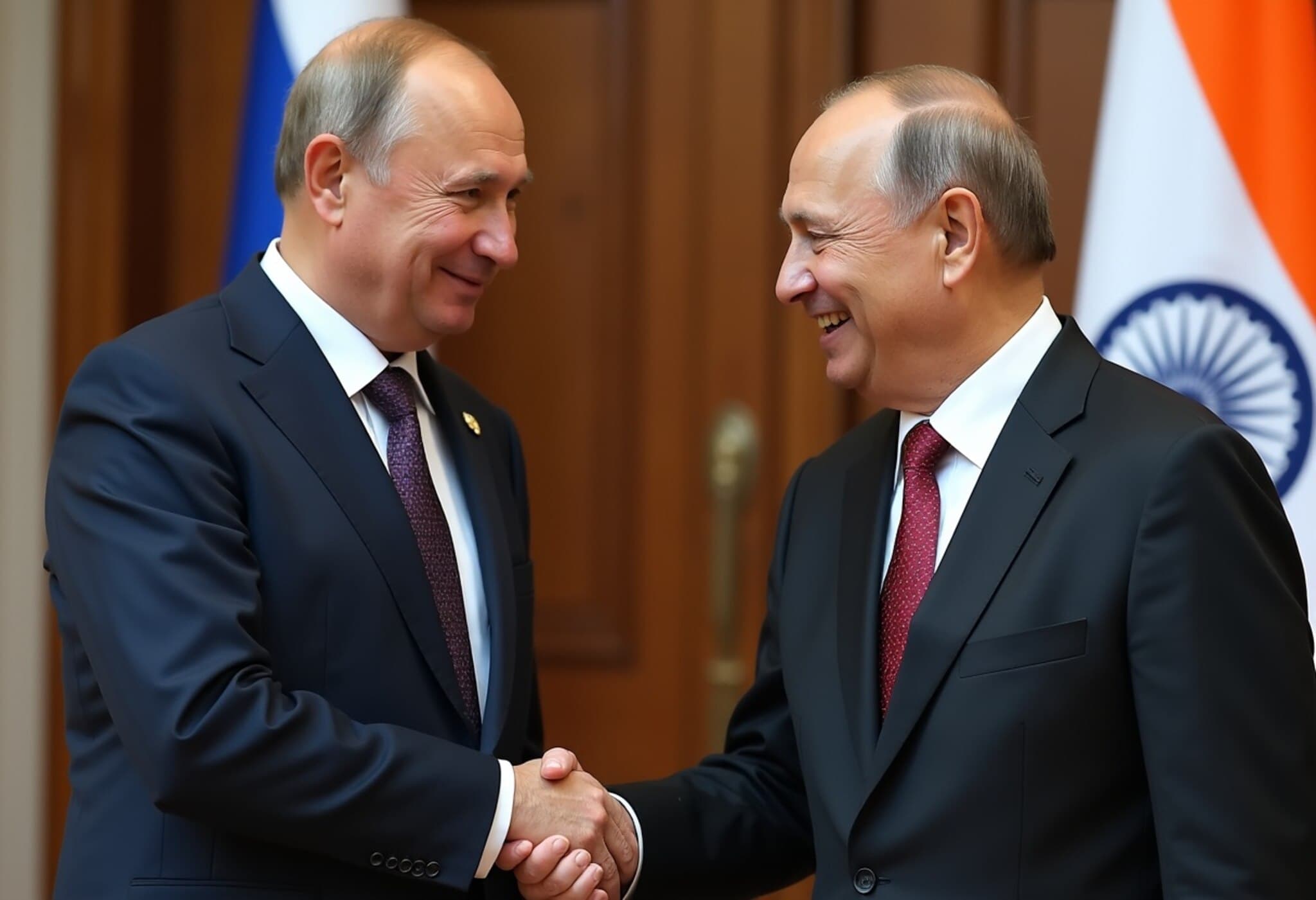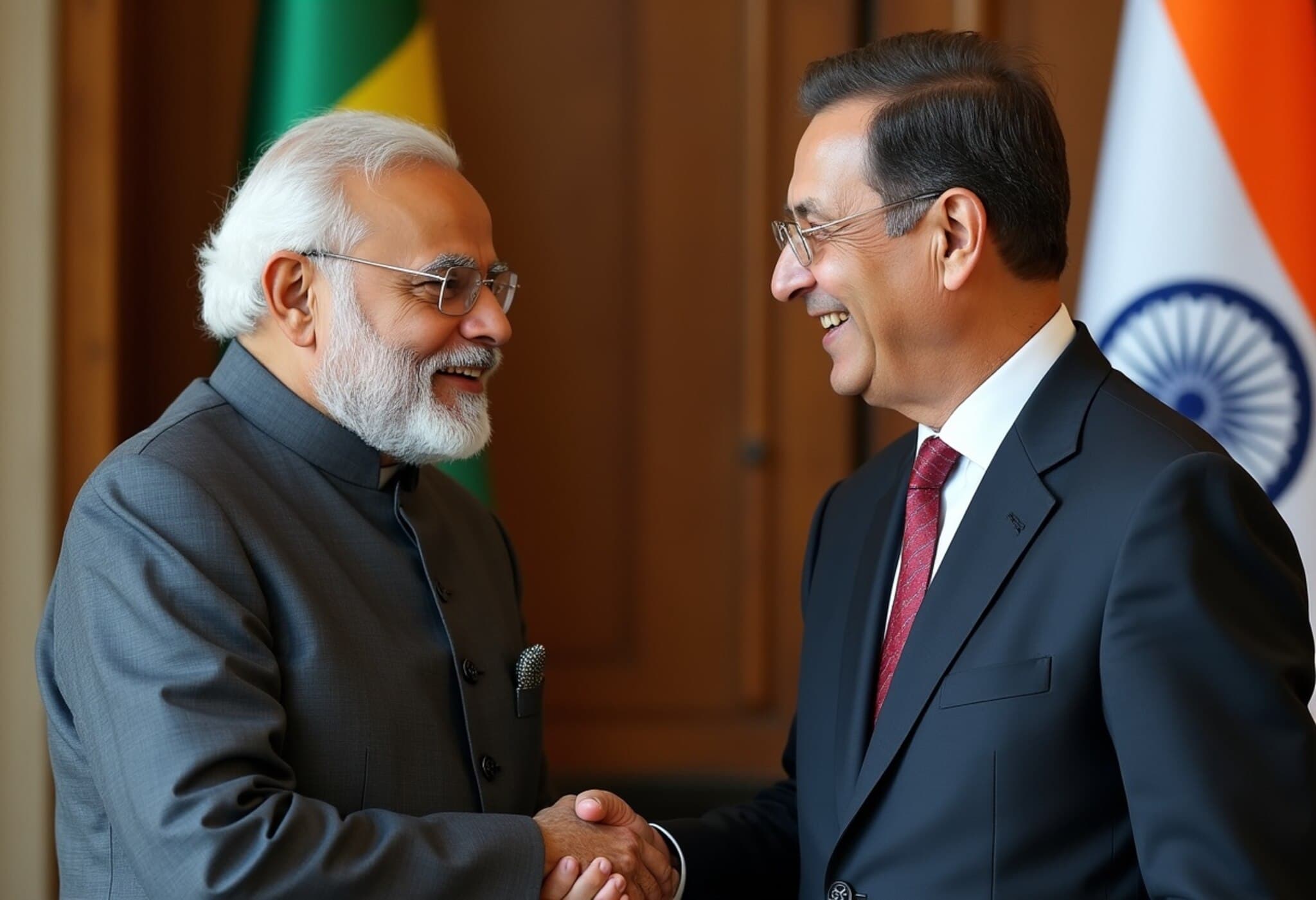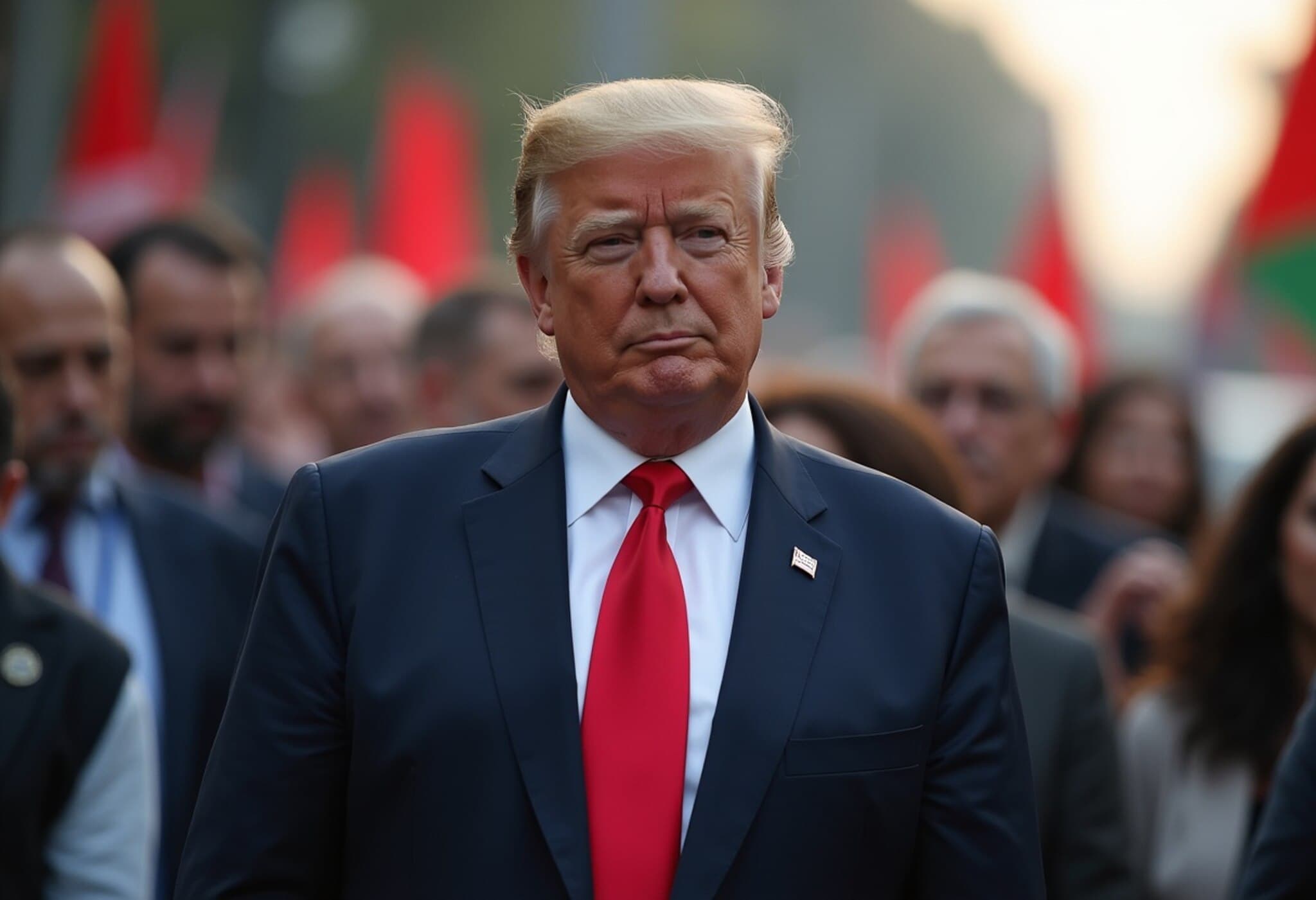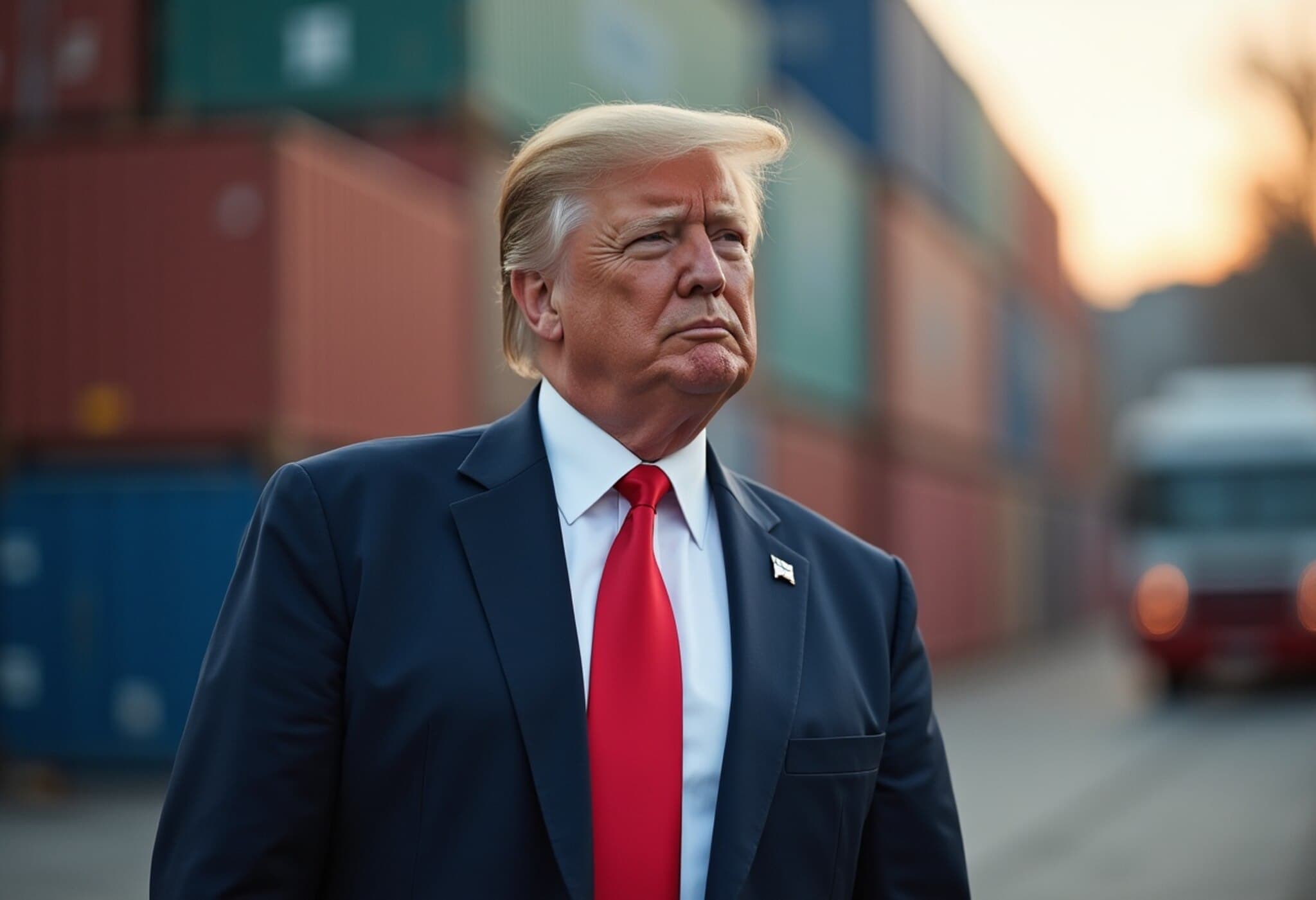US Imposes Sweeping Tariffs on Over 70 Countries: What You Need to Know
In a bold move shaking the global trade landscape, US President Donald Trump announced a new executive order late Thursday night that enacts tariffs on more than 70 nations, including all 27 members of the European Union. The tariffs, initially set to begin August 1, were delayed by a week to August 7, allowing the administration to finalize the complex rate schedule. This decision signals a strategic shift in America’s approach to trade imbalances, aiming to “level the playing field” according to senior officials.
Trump took to his social media platform, Truth Social, affirming, "The August First deadline is the August First deadline – it stands strong, and will not be extended. A big day for America!!!"
Understanding the New Tariff Structure
The tariff system is designed to correlate directly with each country's trade relationship with the US. The base tariff rate remains at 10%, but crucially only applies to those countries from which the US maintains a trade surplus—where American exports exceed imports.
For approximately 40 countries running trade deficits with the US, a 15% tariff will now be implemented. A further 26 nations identified by the White House as having “excessive” trade deficits are facing even steeper tariffs ranging from 18% to as high as 41%. This staggered tariff approach aims to penalize countries disproportionately benefiting from trade imbalances at the expense of American industries and workers.
Key Tariff Rates at a Glance
Among the most significant rates:
- India: 25%
- Vietnam: 20%
- Switzerland: 39%
- Laos and Myanmar: 40%
- United Kingdom: 10%
- Canada: Increased from 25% to 35%
- Mexico: 90-day extension at 25%
| Country | Tariff Rate (%) |
|---|---|
| Afghanistan | 15% |
| Algeria | 30% |
| Bangladesh | 20% |
| Brunei | 25% |
| European Union | 0%–15% |
| India | 25% |
| Japan | 15% |
| Pakistan | 19% |
| Switzerland | 39% |
| United Kingdom | 10% |
| Vietnam | 20% |
Why These Tariffs Matter: Strategic and Economic Context
This tariff initiative extends beyond simple protectionism; it recalibrates the US’s long-term trade strategy amid rising economic nationalism. Experts note that countries like India and Vietnam, previously central to Washington’s efforts to diversify supply chains away from China, now confront significant trade barriers. “These tariffs risk fracturing vital partnerships at a time when global supply chains are still recovering from the ripple effects of the pandemic and geopolitical tensions,” comments trade analyst Maria Jensen.
The escalation also touches NAFTA successors under the USMCA trade agreement, with Canada and Mexico seeing immediate and extended tariff adjustments, challenging assumptions they would remain untouched. For instance, Canada faces a sudden increase to a 35% tariff, a move that could complicate cross-border trade and negotiations.
Diplomatic Manoeuvres and Negotiation Wins
Not every country faces the harshest rates. Thailand, for example, successfully negotiated a reduction from an initial 36% proposed tariff down to 19%, hailed domestically as a diplomatic victory. “It’s a testament to proactive engagement and diplomacy,” stated Thai government spokesperson Jirayu Houngsub.
The Trump administration has also indicated new trade frameworks with several key partners including Japan, South Korea, the EU, Indonesia, and the Philippines, though comprehensive details remain under wraps.
Expert Perspectives: Uncertain Waters Ahead
Policy experts warn that the lack of clarity and ongoing negotiations mean this wave of tariffs might fuel market volatility and economic uncertainty. Scott Lincicome, an economist at the Cato Institute, cited by AP, observes: “Because these deals are so vague and unfinished, policy uncertainty will remain very elevated.”
For American consumers and industries, higher import tariffs often translate to increased costs, potential supply chain disruptions, and a shift in sourcing strategies that may ripple globally.
Conclusion: A New Chapter in Global Trade Dynamics
President Trump’s sweeping tariff order represents a turning point with wide-reaching consequences for international trade relations, domestic economic health, and geopolitical alliances. While intended to protect American interests, the policy raises critical questions about balancing national economic priorities with the benefits of globalization and cooperation.
Editor’s Note
As this ambitious tariff policy takes effect, policymakers and business leaders worldwide confront complex trade-offs. Will these tariffs encourage fairer trade or ignite retaliatory measures that hinder economic growth? How will supply chains adapt, and what does this mean for consumers? Keeping a close eye on evolving negotiations and their real-world impact is essential for understanding the future of global trade in an increasingly multipolar world.

